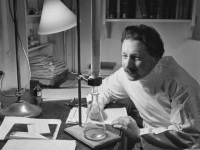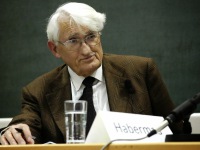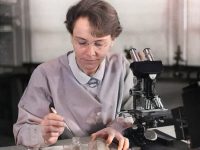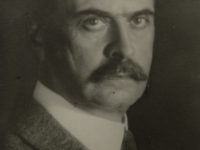Gerald Hawkins and the Secret of Stonehenge
On June 20, 1928, English astronomer and author Gerald Stanley Hawkins was born. He is best known for his work in the field of archaeoastronomy. In 1965 he published an analysis of Stonehenge in which he was the first to propose its purpose as an ancient astronomical observatory used to predict movements of sun and stars. Background Gerald Hawkins Gerald Hawkins was born in Great Yarmouth and studied physics and mathematics at…
Read more











